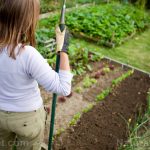
Work smarter, not harder: 6 Home gardening hacks to try
Thursday, March 17, 2022 by Zoey Sky
http://www.naturalnewstips.com/2022-03-17-6-home-gardening-hacks-to-try.html
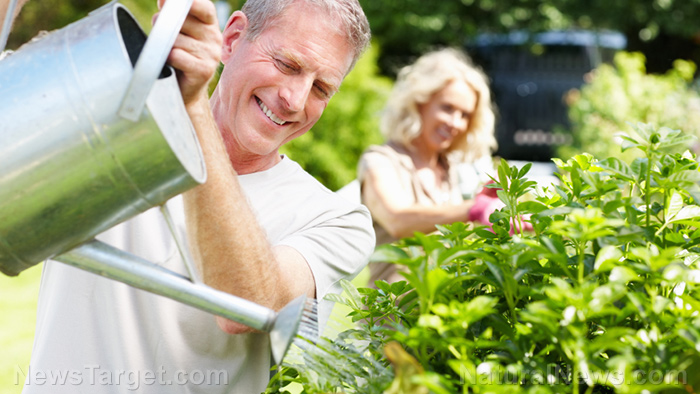
Home gardening may seem overwhelming, but these six tips can make your gardening journey a little easier. (h/t to HomesteadSurvivalsite.com)
Read on to learn how to make eggshell “pots” for your seedlings and how to make a DIY non-toxic weed killer for your home garden.
Use eggshells to make seedling pots
Save those eggshells when you’re done making breakfast and use the eggshell halves to start seedlings.
Eggshells are completely biodegradable so you can plant the “pot” with the sprouted seedling emerging from the egg. As the eggshells break down, they will add beneficial nutrients to the soil.
To harvest the eggshell, hard boil some eggs and chop off the top with a sharp knife. Use a clean spoon to scoop out the egg from the shell. Boil the eggshells in water, then set them aside to let them dry. (Related: Home gardening tips: 8 Small space gardening options that won’t break the bank.)
When you’re ready to plant, use a pencil or pen to puncture a small hole in the bottom of the shells to help them drain. Fill the shells with potting mix and plant your seeds.
Use an empty egg carton to support the eggshell pots and water them regularly until they sprout. Once your seedlings have sprouted and are ready to plant, crush the whole shell gently then plant the sprout still in the shell right onto the soil.
Plastic bottle DIY seedling cloche
Seedlings need extra protection during cold weather and spring frosts. If you want to save on garden supplies, make seedling cloches instead of buying them.
You will need clean gallon plastic milk bottles or a two-liter plastic bottle. Use a knife or a pair of scissors to carefully cut off the bottom and remove the cap. Invert the bottle over the seedling until any frost danger is over.
Organize plant labels on a keyring
Are you always losing plant labels and the instructions printed on the package? Keep things organized by punching a hole in the bottom of the empty package and putting them on a keyring so you can quickly check the instructions for everything you planted in your home garden.
How to make organic, DIY fertilizer tea
Raise strong, healthy plants by giving them a regular dose of fertilizer tea.
To make fertilizer tea at home, you will need some leftover eggshells and table scraps like banana skins and coffee grounds. Combine the ingredients and process everything in a blender.
Add several cups of water and blend again. Pour the blended mixture into your watering can and add water to fill it. Pour the fertilizer onto plants in your garden and pots for healthier crops.
Take care of your gardening tools
Clean your gardening tools when you’re done using them to ensure that they last long.
Keep metal digging tools clean with an oil and sand mix. First, fill a large pot with sand. Next, pour and vegetable oil over the sand.
Mix the oil into the sand. When you’re done using a digging tool, insert it into the oil and sand mix. The sand will keep the tools clean and the oil will help prevent rust.
Follow these general tips to keep other gardening tools clean:
- Always rinse digging tools with a garden hose. Use a wire brush or putty knife to get rid of dirt or mud that’s stuck on your tools.
- Give pruners or shears a quick scrub with a nail brush and soapy water.
- Thoroughly dry gardening tools with a towel or rag.
- If your tools are exposed to diseased plants or pest-infected soil, give them a quick soak in a diluted solution of two cups household bleach mixed with one gallon of water. Rinse the tools in plain water or wipe with a cotton pad soaked in rubbing alcohol.
- Use disinfecting wipes to remove sap, bacteria and fungus on tools.
- Store all gardening tools in a dry, well-ventilated shed or garage.
Non-toxic weed killer
Keep your home garden free of chemicals and weeds with this DIY non-toxic weed killer.
Combine a pint of vinegar and two tablespoons of salt. Add a teaspoon of lemon juice and a teaspoon of dishwashing soap. Stir to combine and pour into a spray bottle.
Spray the mixture on weeds on a still, sunny day. Apply regularly until the weeds die out.
Visit HomeGardeningNews.com to read more articles about gardening tips.
Watch the video below for more DIY gardening hacks using plastic bottles:
This video is from the channel Backyard Farming at Brighteon.com.
More related stories:
Sustainable farming: 7 Indigenous practices to preserve crop and soil health.
Weed-free, worry-free: 5 Ways to get rid of weeds in your home garden.
Homesteading tips: Simple ways to keep animals out of your home garden.
Sources include:
Tagged Under: Tags: eggshells, fertilizer, gardening tips, green living, home gardening, homesteading, how-to, indoor gardening, non-toxic weed killer, offgrid, organic gardening, Plants, preparedness, prepping, seedling cloche, survival
RECENT ARTICLES

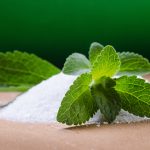
Food supply tips: 13 Natural sweeteners you can grow in your home garden
By Zoey Sky
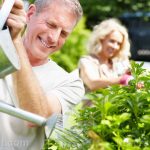
Work smarter, not harder: 6 Home gardening hacks to try
By Zoey Sky

Prioritizing your goals: 3 Steps for a successful garden
By Zoey Sky
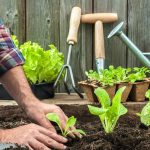
Urban gardening: How to grow lettuce in small spaces
COPYRIGHT © 2017 NATURAL NEWS TIPS


